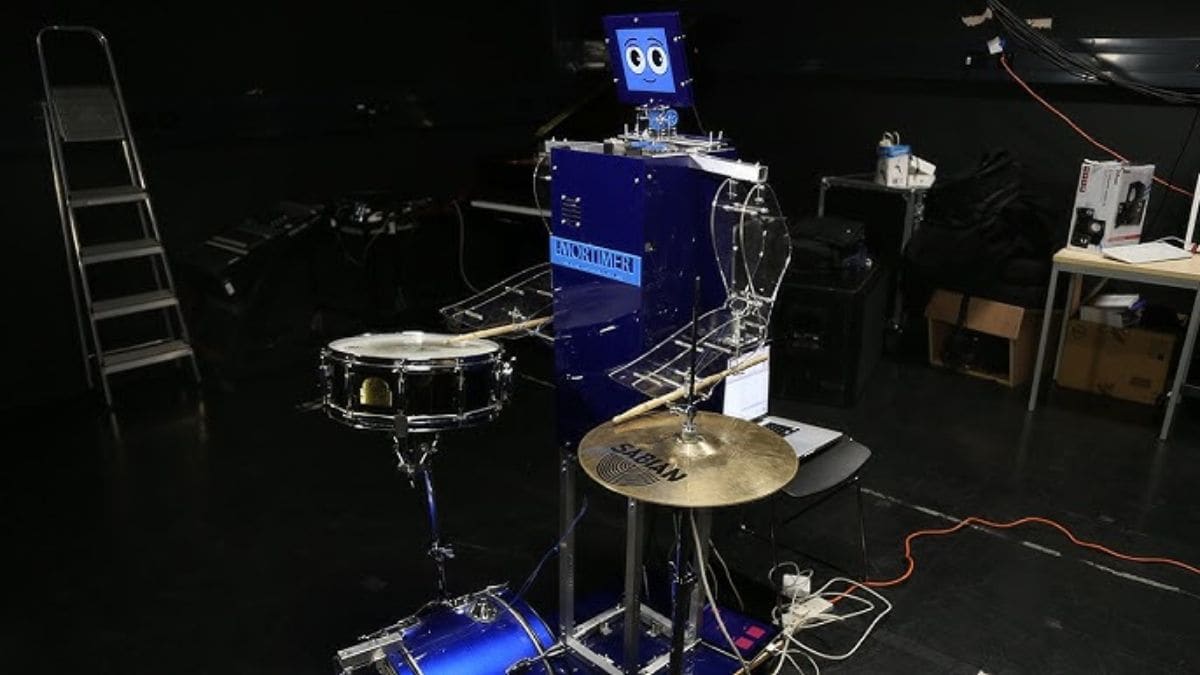Robot Drummer: Humanoid Robot Learns to Play Drums with Human-Like Precision

Human-like designed robots have so far been tested for the assistive and manual tasks such as carrying objects, assisting in physical therapy and supporting elderly individuals. Their potential in expressive and creative fields, such as arts and music performance have introduced Robot Drummer which is a humanoid robot capable of drum playing both expressively and precisely. This project’s objective is to explore that robots could perform in rhythm and artistic roles.
As per Tech Explore, the concept started from the casual coffee break gathering between the first author and the co-author, Asad AIi and Los Roveda respectively. They saw that humanoid robots are great at practical tasks and drumming was observed as a challenge, with combining rhythm, physical skill and coordination.
To get this, the team made a system which represents music as the rhythmic contact chain, which is a sequence of the events which signals which drum to strike and when. With the help of these cues, the robot has been trained in a simulated milieu, learning to perform the realistic techniques including switching sticks, adapting movements for efficiency and crossing arm.
Tests were conducted on the simulated G1 Unitree humanoid robot, playing full drum tracks of songs from jazz to rock and metal. These included “Take Five” by Dave Brubeck, Living on a Prayer” by Bon Jovi, and “In the End” by Linkin Park. The robot achieved over 90% rhythmic accuracy, demonstrating the ability to master complex patterns.
The robot has been designed to use the ability of human drummers, such as anticipating upcoming dynamically adjusting hand positions and beats. These behaviors emerged naturally from the training process, guided by rhythmic performance rewards. The researchers believe this opens doors for robotic performers in live entertainment and other precision-based tasks.
The team’s next goal is to transfer these learned skills from simulation to a physical robot. They also aim to enable improvisation, allowing the robot to adjust its style in real time based on musical cues. This could give future robotic drummers the ability to respond to music with a level of expression closer to human musicians.